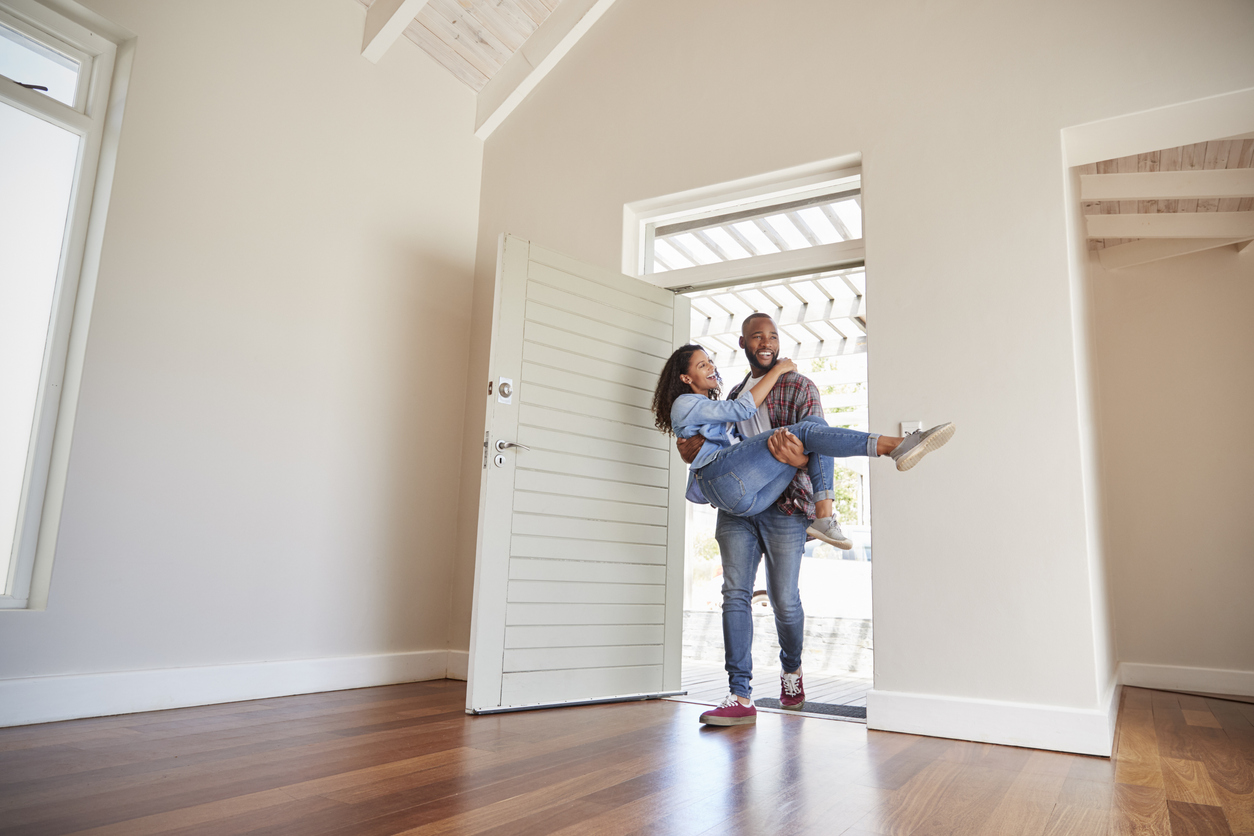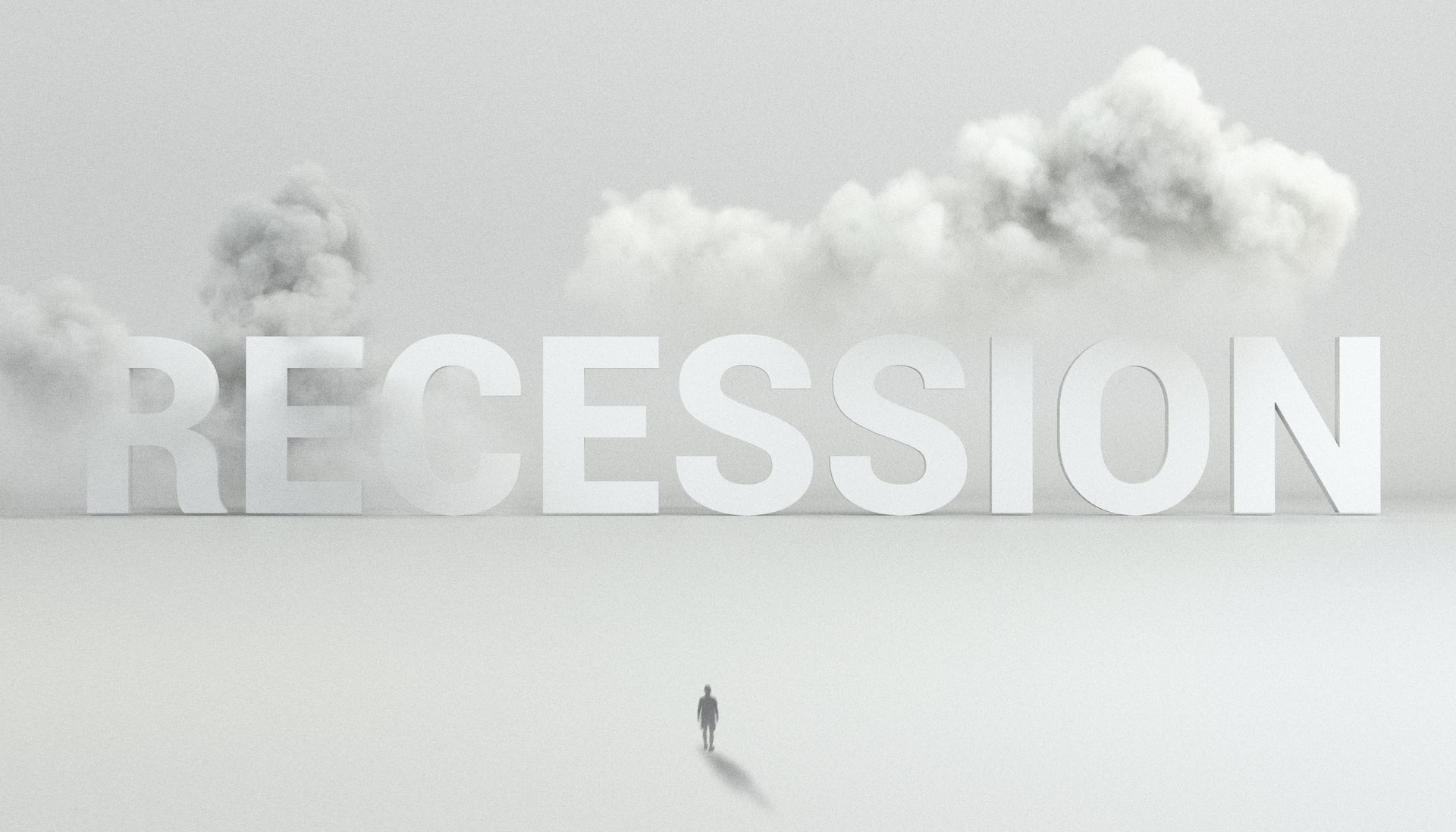When planning a painting project, setting a budget can keep you on track and make sure that your costs are under control. Like any home improvement project, knowing where your money is going, and the value of your investment, is a responsible part of home ownership. Whether your home is in desperate need of new exterior or interior paint, or you just want to add a few accent walls, there are real benefits to fresh coat. Additionally, if you need to make wall repairs like patching holes or cracks, you’ll want to finish this project with a new coat of primer and paint. This relatively simple change can increase value and most likely make your home more pleasant to live in.
After selecting your colors you might be tempted to run to the store and buy gallons of paint and supplies before actually calculating the costs. In general, painting a wall or a room is considered to be a low-cost home improvement project. However, it’s quite easy to spend more than you thought you would for this scope of work. Or you may find that you are having trouble budgeting for a professional painter to complete the work for you.
Budgeting for a painting project is somewhat straightforward, much more so than a remodel or an addition, but the costs can still vary widely depending on the square footage, materials, and how much preparation will be required. Before you do anything, decide whether your project will require hiring a professional or if the DIY method might be right for you, taking into account your true level of commitment to the project. For larger exterior projects there may be more extensive work, such as pressure washing, sanding, and taping, in addition to supplies.
Exterior vs. interior
Your budget will be different whether you are painting the exterior of your home or just painting a few rooms inside of your home. If you’re unsure what type of paint to purchase or how to calculate the amount of paint you will need for your home, consult your professional painter or use the Lowe’s Paint Calculator to estimate how much you will need. When looking to paint your entire home inside and out, your budget will need to be much more extensive, but consider the following price ranges for exterior and interior painting.
Exterior
Depending upon the type of exterior material, painting the exterior of your home can involve removing the old paint that is currently on your house by either scraping or pressure washing. Other steps may need to be taken such as repairing siding and window installments, painting shutters or the garage door, as well as your house doors and trim. The overall scope of this project will greatly influence both the costs of materials and labor costs. You may even discover that your exterior first requires repairs or upgrades before you can begin. Once your prep work is finished, you’ll need to finish with a coat of primer paint or sealant before you can begin painting. For most exterior home painting, it’s easier to hire a professional painter to do the job for you. Not only is exterior painting labor-intensive, it usually involves climbing up high on ladders while holding paint. An experienced pro will know how to tape over windows and gutters, will use proper safety equipment, and may also have specialized tools to help make the job go faster. Costs for labor will be added into your budget if this is the case.
On average, exterior paint can range from $30 – over $100 per container. For instance, a high-quality paint such as Lowe’s Valspar Ultra Exterior Semi-Gloss White Latex-Base Paint and Primer for $137 provides a one coat coverage, has a mildew resistant finish, and comes with 5 gallons of paint. You want enough paint to be able to reach full coverage of your home. Assuming a 3,000 square foot home requires at least 15 gallons, that would come to under $500 for paint alone. Whether you plan to paint your house on your own or hire a service to do it for you, your costs can change greatly. Plan on spending around $3,000 overall for your exterior painting project on the high end.
Interior
The cost to paint the interior of your home will be dependent upon the number of rooms you’re looking to paint, the size of the rooms, the level of detail work, the number of repairs and if you have unusual features of the room (like tall ceilings or awkward angles). Many homeowners choose to DIY their interior painting however, hiring a pro may make the job go faster and lead to a higher quality job. An average 10-by-10 room will require approximately two quarts of both primer (one coat) and paint (one coat). Most interior paint, such as Lowe’s Valspar Signature Interior Satin White Latex-Base Paint and Primer, will cost around $30 for one gallon. Labor costs vary widely for interior paint jobs and the costs will depend largely on the condition of your home. Get an accurate, on-site estimate from a professional and discuss various types of paint so you know exactly what you will be paying for.
Budget factors
When planning your painting project, it’s important to understand that there may be many factors that will have an impact on your costs. The following should be included in your painting project budget.
Size of room
Just like with any home improvement project, the size of space that will be painted will directly impact the price. The greater size of the room, the more expensive your project will be due to additional materials needed or additional time. Payments toward your hired professional will also be influenced by the size of the room as the bigger the room, the more you will have to pay him or her. Most estimates given by your professional are based on the square footage of your home, which will enable you to adjust your budget accordingly to the size of your project.
Materials
When it comes to painting materials, it is always best to find the best quality you can afford. Durability is key to adding value, and less expensive paint is more likely to peel faster or it may have inferior pigments. If you don’t have your own painting materials, you’ll need to invest in drop cloths, painter’s tape, brushes and rollers, not to mention primer, paint or stain. A professional will already own the proper tools and may also have specialty equipment like sanders, paint sprayers and ladders. When searching for the perfect paint for your room, recognize that the paint brand, quality, and finish is most important. Some paint products come with both paint and primer in one, but you may have to purchase these separately, which can increase your costs. Don’t forget that you will need more materials than just paint if you plan on painting your home on your own. Brushes, paint rollers, tape, measuring tools, drop cloths, and other materials will be necessary to have a successful painting process. Making room in your budget for extra material or equipment costs will help you not overspend.
Amount of time
The length of time it requires to complete your painting project will influence your budget, especially if you plan on hiring a painter. A painting professional will be able to provide insight as to whether additional time may be required for prepping or special finishing. His or her service time will depend on the detail of the work along with any additional preparations. Working with a professional can increasingly speed up the process of your painting project, but there can also be delays due to weather, holidays, or if your painter begins to act unprofessional. DIY projects can depend on the time and effort you are willing to put into the work. Either way, being prepared for going over your estimated project time will help you coordinate your pricing to your schedule.
Additional costs
Deciding on the method of painting is important in calculating budget costs. Spraying is commonly known to be faster and as a result, more cost effective. Hand brushing is often used when more precision is required and tends to involve less preparation. Applying multiple coats is helpful as well in making your new paint last longer, but this will raise your costs, at least in the short term. Whichever method you choose, be sure to go over any possible preparation work with your professional. He or she can inform you if there are any building codes or whether a certain type of paint is required based on the age of your home, whether the surface is interior or exterior, and whether it needs to stand up to extreme conditions. If you live in a neighborhood with an Home Owner’s Association, the responsibility is on you as the homeowner, to work within the HOA’s rules and regulations.
Finding the right professional is important in budgeting, you may be able to have better success with pricing during off peak painting times like late fall or early spring. Finding a few small painting projects and combining them into one can make the best use of both time and money. If you prefer to DIY your painting project, learn how to paint the interior of your home like a pro before beginning. With many factors influencing the price of your painting project, plan ahead and be open minded to spending a little more for better, satisfactory results.




